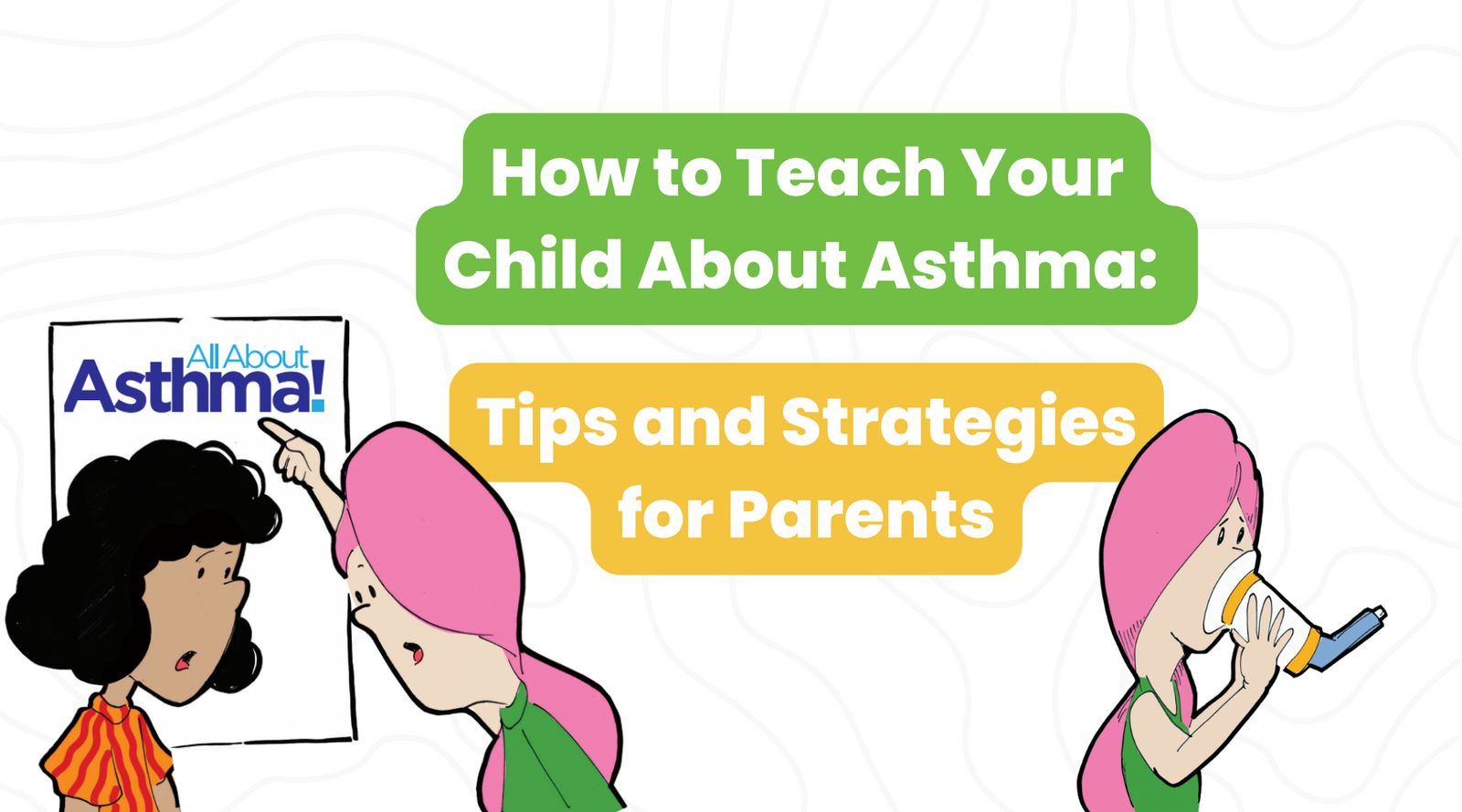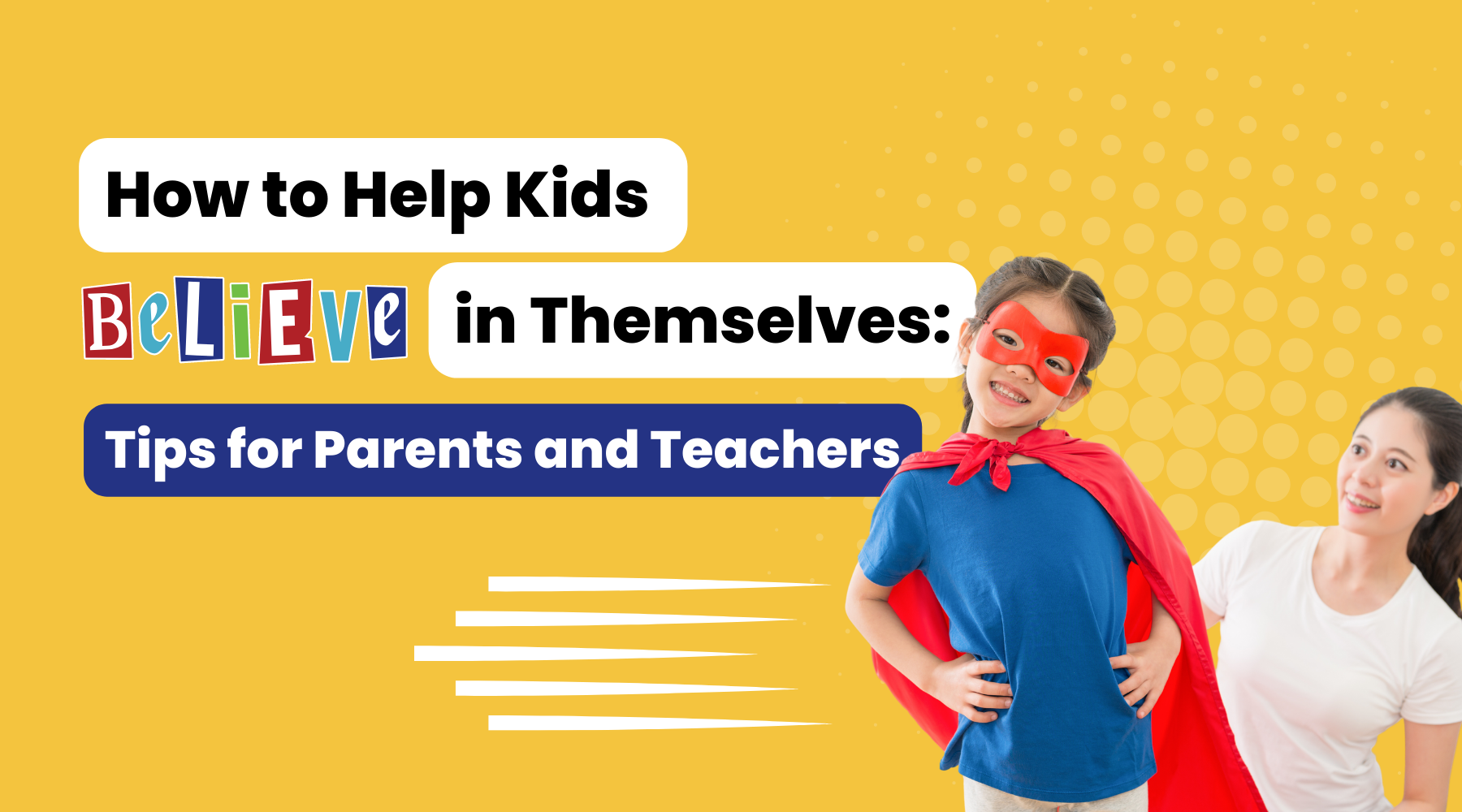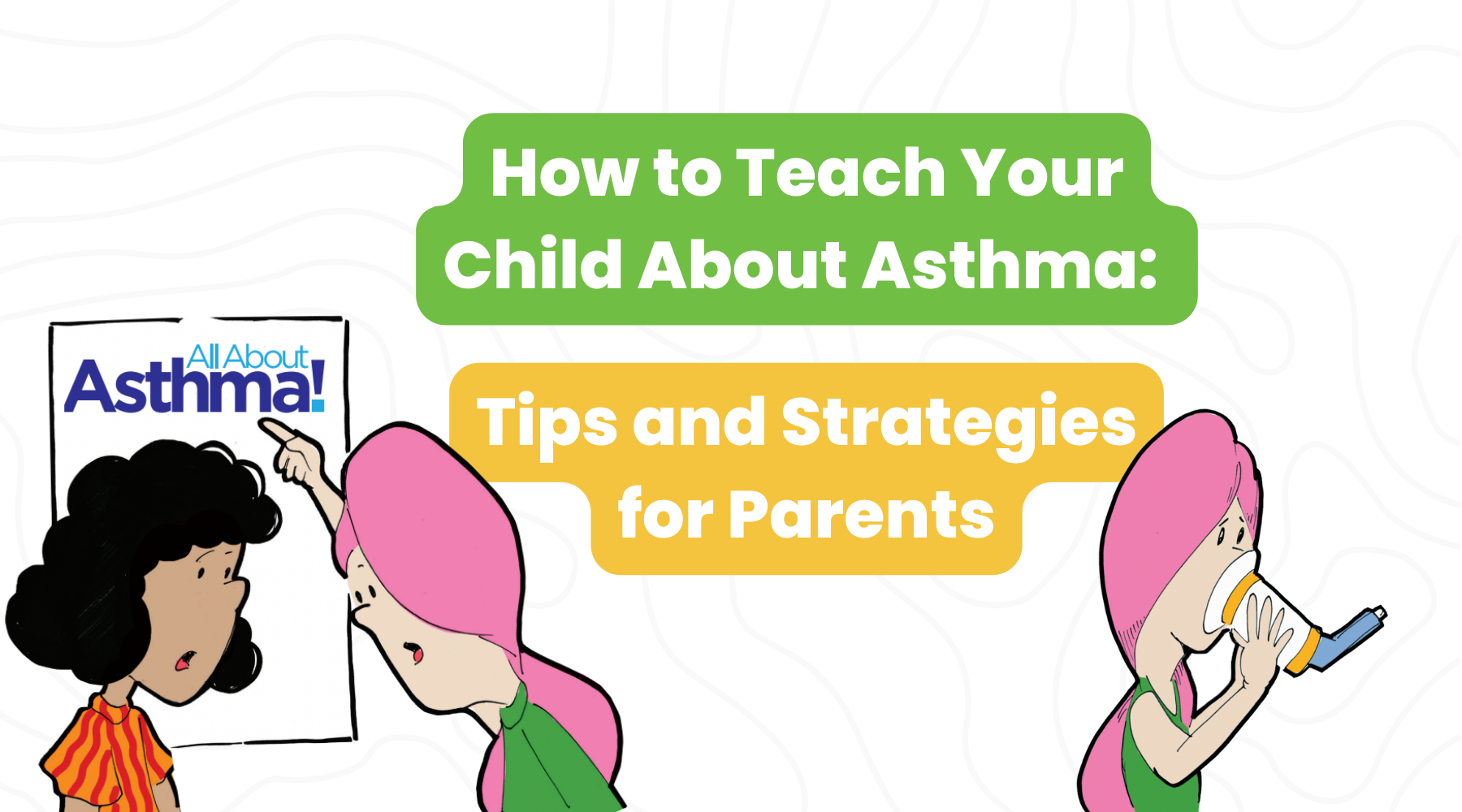How to Teach Your Child about Asthma: Tips and Strategies for Parents

Millions of people experience asthma symptoms worldwide. It is a dangerous disorder that can cause breathing difficulties, wheezing, coughing, and other respiratory symptoms. While asthma can affect anyone, children are the most typically affected. As a result, it is critical for parents to begin teaching their children about asthma at a young age so that they can communicate more effectively with carers and teachers when they do experience symptoms.
Teaching your child about asthma may appear to be a difficult undertaking, but it does not have to be. You can help your child control their asthma properly if you start early and use the right tactics. In this article, we'll go over some advice and tactics for teaching your child about asthma.
Why Is It Important to Teach Children About Asthma?
Asthma is a disorder that can be properly treated with the proper therapy and care. However, it is critical that children understand what asthma is and how it affects them in order to take the required actions to manage it. Teaching your young kid about asthma may enable them to interact with you, their teachers, and other caretakers more effectively.
Describe Each Asthma Attack in Detail
It is critical that children understand what an asthma episode is and what causes it. An asthma attack can strike at any time, and it is critical that children understand what to do in the event of one. When, where, what, and why an asthma episode occurs should be explained to your child. This will assist them in recognising the symptoms and taking the appropriate steps to manage them.
Ways to Teach Children about Asthma:
Recognise and avoid triggers:
Identifying and avoiding triggers is one of the most essential things you can do to help your child manage their asthma. Pollen, dust, cat dander, and certain foods are examples of triggers that can aggravate asthma symptoms. Work with your child's doctor to identify triggers and take precautions to limit exposure. For example, during high pollen counts, you may need to keep pets out of the home, use dust-proof covers on mattresses, or avoid certain outdoor activities.
Recognise the symptoms of a flare-up:
Coughing, wheezing, shortness of breath, and chest tightness are frequent indicators of an asthma flare-up, although they can vary from person to person. Teach your kid to recognise these signs and to report them to you or their teacher if they occur. It's also a good idea to keep a peak flow metre at home to monitor your child's lung function and notice changes as they occur.
Teach your child about their meds:
Asthma medications come in a variety of forms, including inhalers, nebulizers, and oral treatments. Teach your child how to correctly use their prescriptions and make sure they understand why they require them. It is also critical to encourage your child to take their prescriptions as directed, even if they are feeling good.
A written asthma action plan:
It is a document that explains your child's treatment strategy, including medications, triggers to avoid, and what to do if a flare-up occurs. Create a documented asthma action plan with your kid's doctor, and make sure your child, their teacher, and anyone else who cares for them has a copy.
Attempt to Transition From Crisis to Control:
It's easy to become overwhelmed by the anxiety and uncertainty of asthma, but try to focus on the things you can control. Encourage your kid to take charge of their asthma management by taking their prescriptions, avoiding triggers, and practising excellent self-care. Assist your child in understanding that asthma is a chronic condition that can be controlled and that they can still lead a healthy and active life.
Protect Your Child from Second hand smoking:
Second hand smoking can aggravate asthma symptoms and increase the likelihood of flare-ups. Make certain that your child is not exposed to smoke at home or in other settings, and encourage family members and carers to smoke outside or to quit smoking entirely.
Provide Positive Role Models for Your Child:
Living with asthma can be difficult, but it is critical that your child understands that they are not alone. Seek out positive role models who have asthma and have effectively managed it, such as famous sports or celebrities. Encourage your child to make friends with other kids who have asthma, either in person or through online support groups.
School strategies include:
Maintain Simplicity for Young Children:
When teaching young children about essential health and safety subjects, this strategy emphasises the significance of utilising age-appropriate language and communication methods. This can include engaging youngsters and helping them grasp the concepts being taught by utilising simple and plain language, visual aids, and interactive activities.
Adolescent and Teen Communication:
This technique emphasises the necessity of having open and honest conversations with teenagers about sensitive topics like sex, drugs, and mental health. Educators can assist teenagers in making informed decisions and gaining access to appropriate services by providing a secure and non-judgmental setting for talks.
Schedule an Asthma Consultation Before the Start of the School Year:
This strategy encourages asthmatic children's parents and carers to schedule a visit with their healthcare provider prior to the start of the school year to ensure that their asthma is well-controlled and that the child has the necessary medications and equipment (such as inhalers) to manage their symptoms.
Discuss the Dangers of Smoking and Vaping with Your Child:
This method emphasises the significance of educating children and teenagers about the dangers of smoking and vaping. Educators may help students make educated decisions and avoid hazardous habits by having open and honest discussions about the health impacts of these behaviours.
Asthma education for all:
This technique entails training all school staff members on asthma and how to manage it in the school setting, including teachers, administrators, and support staff. This can include teaching children with asthma how to recognise and respond to asthma symptoms, how to give medicine, and how to provide a safe and supportive learning environment.
Physical activities that are risk-free:
This technique entails encouraging kids to participate in safe and appropriate physical activities while taking into account any underlying health concerns or specific requirements. This can include adapting activities for children with impairments or chronic health concerns, as well as ensuring that all students have access to suitable physical activity equipment and facilities.
What parents can do to help their children avoid asthma attacks:
Avoid potential triggers:
Identifying and avoiding triggers that can cause symptoms to flare up is one of the most effective ways to decrease asthma attacks. Allergens such as pollen, dust mites, and pet dander are common triggers, as are irritants such as smoke, air pollution, and strong odours.
Control dust and mould in your home, particularly in your child's bedroom:
Dust and mould, which can cause irritation and inflammation in the airways, can be especially bothersome for children with asthma. To decrease your exposure to these triggers, keep your home clean and well-ventilated, use allergen-proof bedding and pillows, and remedy any leaks or moisture issues that could lead to mould growth.
Carry your child's emergency meds with you:
It's critical to have your child's rescue meds (such as an inhaler) on hand in case of an asthma attack. Make sure your child understands how to use their prescriptions and when to take them, and keep them with you anytime you leave the house.
Notify your instructors, friends, and family:
It is critical to inform anyone who spend time with your child about their asthma and any triggers or symptoms to be aware of. Teachers, coaches, friends, and family members who may be care for your child are included. Assure that they understand how to recognise an asthma attack and what to do in an emergency.
Books are an excellent method to teach your child about asthma. "The Class That Can: Asthma" is the best asthma book. This book is an excellent resource for parents who want to educate their children about asthma. It explains what asthma is, how it affects the body, and what children may do to manage their symptoms using colourful graphics and straightforward language.





Leave a comment